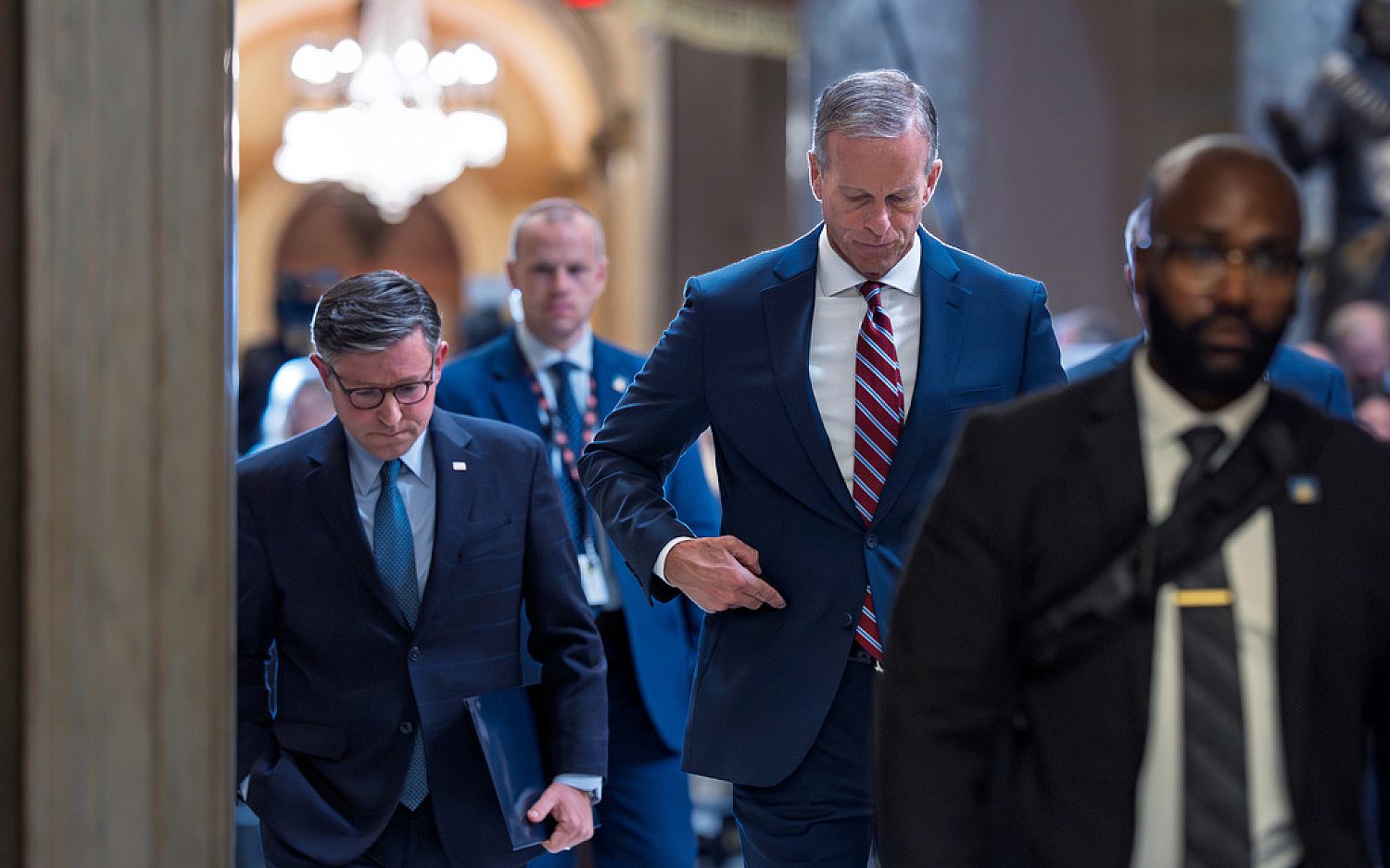State Department: Pipeline poses minimal environmental threat
The U.S. State Department released a long-awaited environmental report today that will help determine the destiny of the TransCanada Keystone XL pipeline, a $5.4 billion project to bring oil from Canadian tar sands into the United States. After years of delay, U.S. President Barack Obama will soon have to decide whether to approve the project.
The decision is beset with political ramifications for the president from Keystone XL supporters and environmentalists. The State Department had already released a “final” environmental assessment of the project back in August 2011, but the Obama administration ordered further study in a move some said was designed to delay a politically difficult decision until after the 2012 elections.
Like the earlier draft, the Supplemental Environmental Impact Statement released today concludes that the carbon emissions impact from the pipeline's operation will be minimal, since Canada's oil sands are likely to be developed anyway.“Approval or denial of any one crude oil transport project, including the proposed project, remains unlikely to significantly impact the rate of extraction in the oil sands, or the continued demand for heavy crude oil at refineries in the United States,” the report states.
The southern section of Keystone, stretching from Oklahoma to Texas, already began carrying oil earlier this month. The Keystone XL section, running from Alberta to Nebraska, needs the president's approval because it crosses the U.S. border. Obama is expected to decide within 90 days on the project’s permit request. He said in June he would only support the pipeline if it does not “significantly exacerbate the problem of carbon pollution.”
Pew Research shows 65 percent of Americans polled support the pipeline even in a political climate dominated by “alternative energy” causes. So there’s no peace-pipe yet between the environmentalists and energy providers warring over one of the biggest infrastructure developments in the nation.
A major worry is the assumption of global warming if more tar sand oil is produced and piped. The Natural Resources Defense Council, using State Department figures from last April, had estimated Keystone XL would yield 1.2 billion metric tons of additional carbon emissions over its lifespan, since tar sand oil is more carbon-heavy than conventional crude. Friday’s report, however, suggests Canada’s carbon-heavy oil will be burned whether or not Keystone XL is completed.
Environmentalists also cite concerns over pipeline ruptures, like the 2010 oil spill in Michigan’s Enbridge pipeline that contaminated the Kalamazoo River for 30 miles, and the July 2011 explosion of TransCanada’s Bison natural gas pipeline in Wyoming, supposedly due to company negligence in inspecting pipe welds. They claim the new pipeline is even more risky than a natural gas line since it will carry heavy tar sands oil that is dirtier and harder to clean up after potential leaks.
Yet Canada’s foreign affairs minister, John Baird, said the pipeline would actually be better for the environment. Currently Canadian oil goes to Texas refineries by a combination of train and pipelines. “Compared to sending by pipelines, sending by rail causes higher greenhouse-gas emissions and raises the per-mile incident rate,” Baird said.
Last year Lac-Mégantic, Québec, saw firsthand the devastation possible from oil transported by train: A rail explosion killed 47 and destroyed half the town. By contrast, the nearly 40-year-old Trans-Alaska oil pipeline has pumped 16 billion barrels of oil some 800 miles overland from the Arctic to the Pacific with only seven incidents—one due to sabotage.
TransCanada’s Keystone pipeline also will bring economic and national benefits. When all the sections are joined together and operational, it will bring increased energy independence from the unstable regimes where the United States currently buys about a quarter of its daily oil need. It also would provide jobs and develop business with Canada, the United States’ closest ally, as well as enable booming U.S. oil production in North Dakota to flow through the same pipe to Texas refineries.
“Keystone XL is not about energy vs. the environment—it’s simply about where Americans get their oil,” Russ Girling, chief executive of TransCanada, wrote in The Washington Post.
As Canada and the United States wait for the president’s approval, Baird told a U.S. Chamber of Commerce gathering this week that “we can’t continue in this state of limbo.”
Canadian Prime Minister Stephen Harper has said in the past that the Chinese could become a substitute exporter, Heritage’s The Foundry reported. Last year the government-owned Chinese National Offshore Oil Corporation showed its interest by acquiring Canadian oil and gas company Nexen, Inc. The deal also included rights to drill for oil in the Gulf of Mexico.
Girling said Wednesday if the Obama administration refuses to approve the pipeline, his company will opt for the more risky alternative of building rail terminals in Alberta and Oklahoma to assure continual delivery of Alberta’s 170 billion barrels of oil—the world’s third largest proven reserve.
An actual newsletter worth subscribing to instead of just a collection of links. —Adam
Sign up to receive The Sift email newsletter each weekday morning for the latest headlines from WORLD’s breaking news team.





Please wait while we load the latest comments...
Comments
Please register, subscribe, or log in to comment on this article.